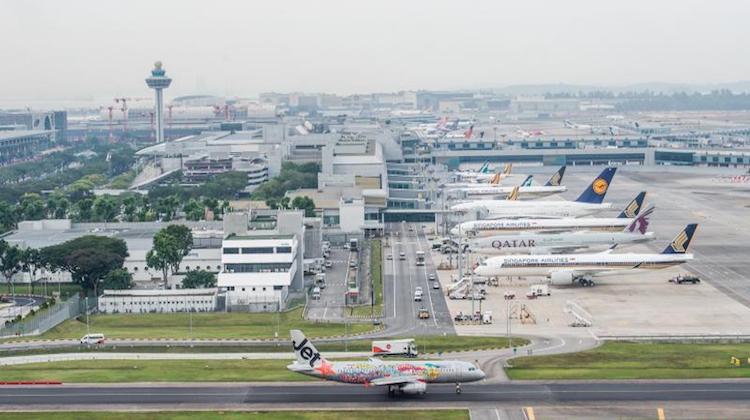
Airlines in the Asia Pacific have increased the number of passengers carried in April amid promotional airfare campaigns and expansion in the global services sector, new figures show.
The Association of Asia Pacific Airlines’ (AAPA) monthly traffic report showed carriers in the region flew 31.2 million passengers in April, up 3.7 per cent from the prior corresponding period.
However, cargo volumes painted a less rosy picture.
Air cargo demand, measured in freight tonne kilometres (FTK), fell 9.1 per cent year-on-year in April, with further declines in new export orders affecting trade activity.
The steep decline was due in part to disruptions to global supply chains and heightened trade tensions, particularly over tariffs between the United States and China.
AAPA said the fall in air shipment volumes also coincided with production declines in the region’s technology equipment sectors.
At the same time, freight capacity, measured by available freight tonne kilometres (FATK), edged 0.4 per cent higher, leading to a six percentage point drop in the average international freight load factor to 57.37 per cent for the month.
On the passenger side, revenue passenger kilometres (RPK) – the number of revenue-paying passengers on board multiplied by the distance travelled, grew by 3.5 per cent, reflecting relative strength in regional travel markets AAPA said.

After accounting for a 4.1 per cent increase in available seat kilometres (ASK), the average international passenger load factor fell 0.5 percentage points to 80.8 per cent for the month.
AAPA director general Andrew Herdman said the traffic trends painted a mixed picture.
In the first four months of the year, the number of passengers carried by the region’s airlines was up 4.7 per cent to an aggregate total of 125 million. In contrast, cargo markets experienced a 6.3 per cent decline in demand during the same period.
“Growth remained relatively encouraging in air passenger markets, with sustained demand in regional economies. Since the last quarter of 2018, however, air cargo volumes have recorded declines,” Herdman said in a statement on May 27.
Herdman said current trade tensions and further erosion in business confidence could undermine cargo growth prospects going forward, even though demand for international air travel was expected to remain relatively firm.
“The region’s airlines are proactively exploring new opportunities for growth, whilst carefully managing capacity expansion and implementing measures to contain costs in a bid to navigate successfully through the ongoing challenges,” Herdman said.










